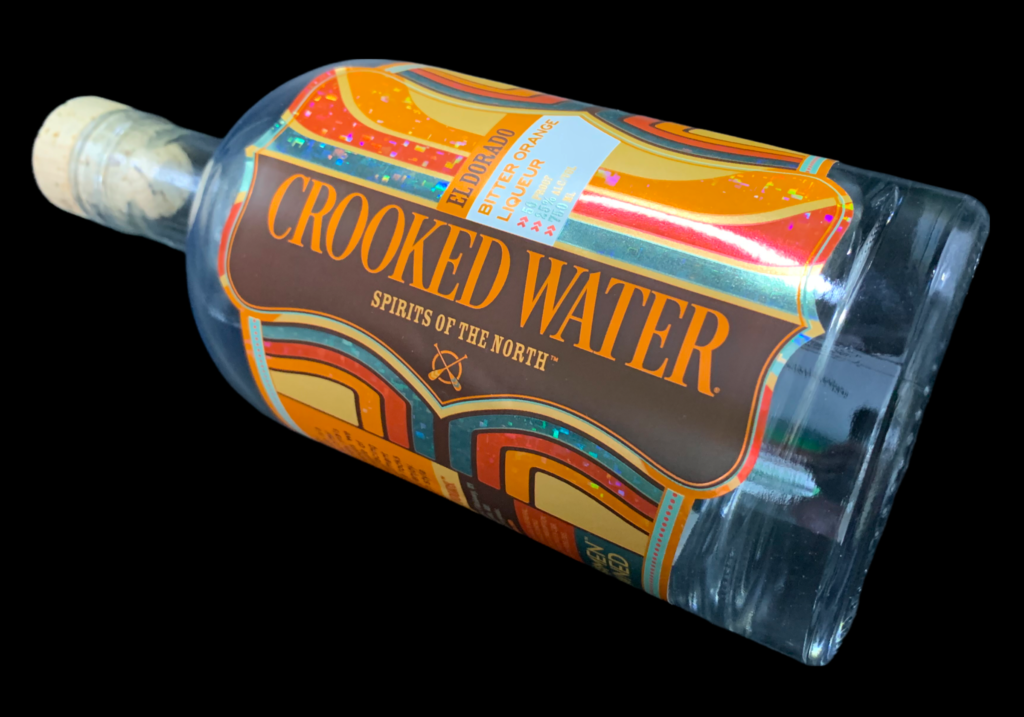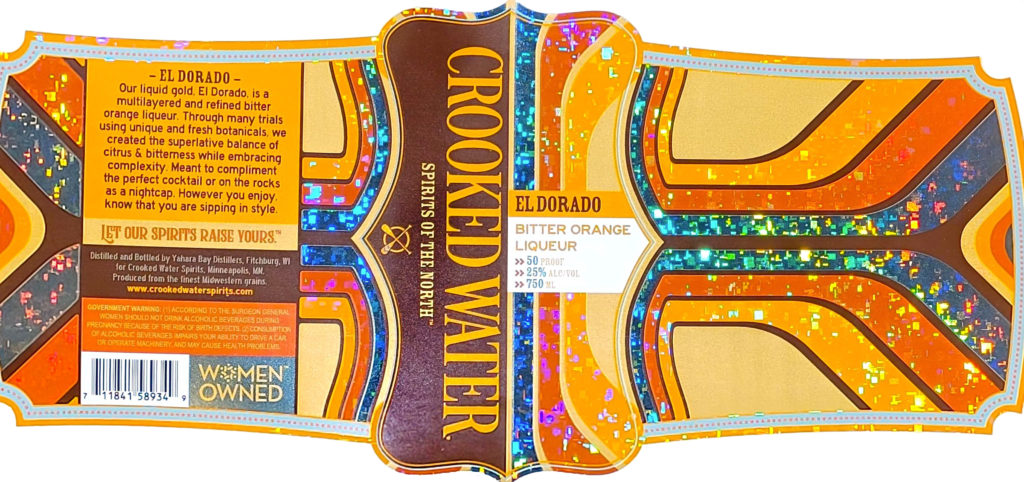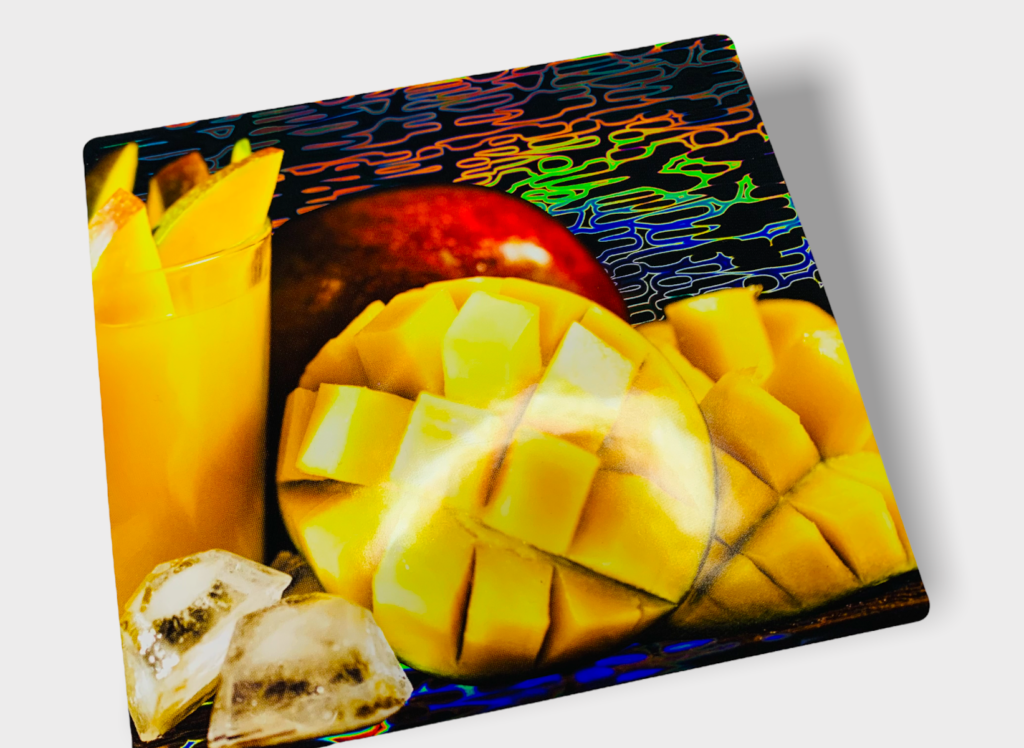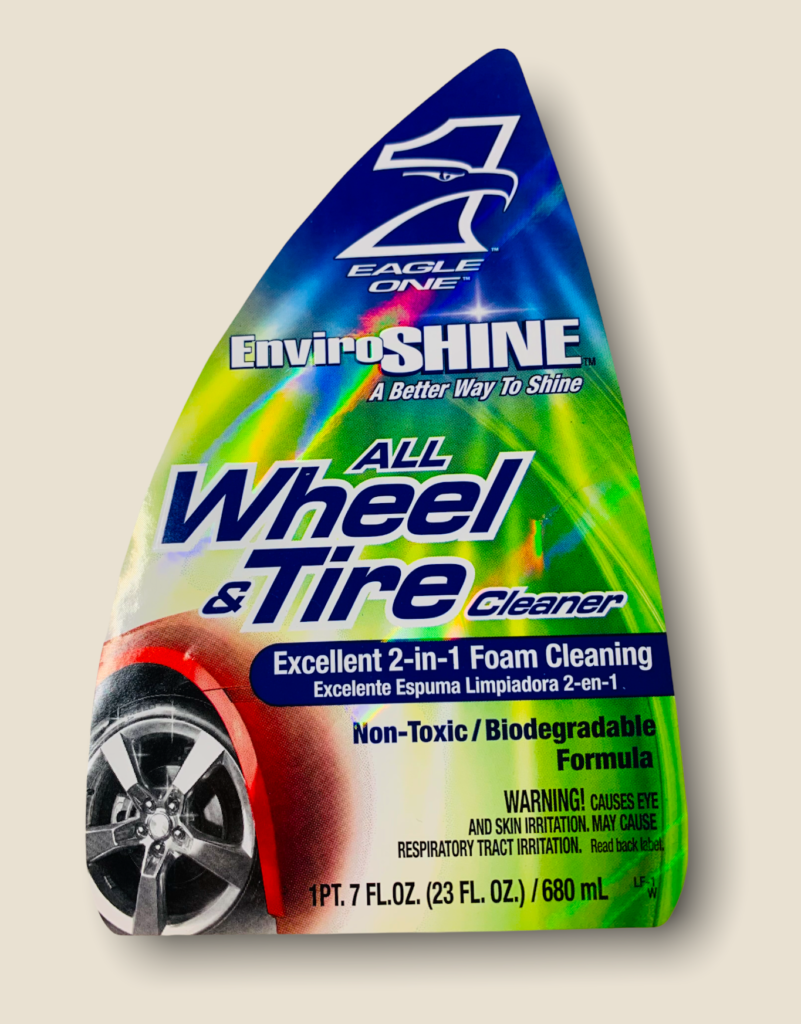Innovative card and label designs showcase Cast & Cure
Breit Technologies is excited to congratulate three of our clients on their 2023 FSEA Gold Leaf Awards in the Best Use of Film Casting category. Visions, Inc. of Brooklyn Park, MN took the Gold, Rose City Label of Portland, OR earned Silver and Cursive in Mason, OH came home with the Bronze. Each of their applications showcased the unique capabilities and design attributes of Cast & Cure.
“We’re proud that each of these clients were honored for their creative, elegant, and innovative use of Cast & Cure in their submissions, noted Tim Cain, Breit Technologies President. Their unique applications took great advantage of Cast & Cure’s visual impact.”
Gold
“Indian Life” greeting card by David White
Printer: Visions, Inc., Brooklyn Park, MN
Process: Digitally printed on HP Indigo 12000 with Scodix offline Cast and Cure embellishment
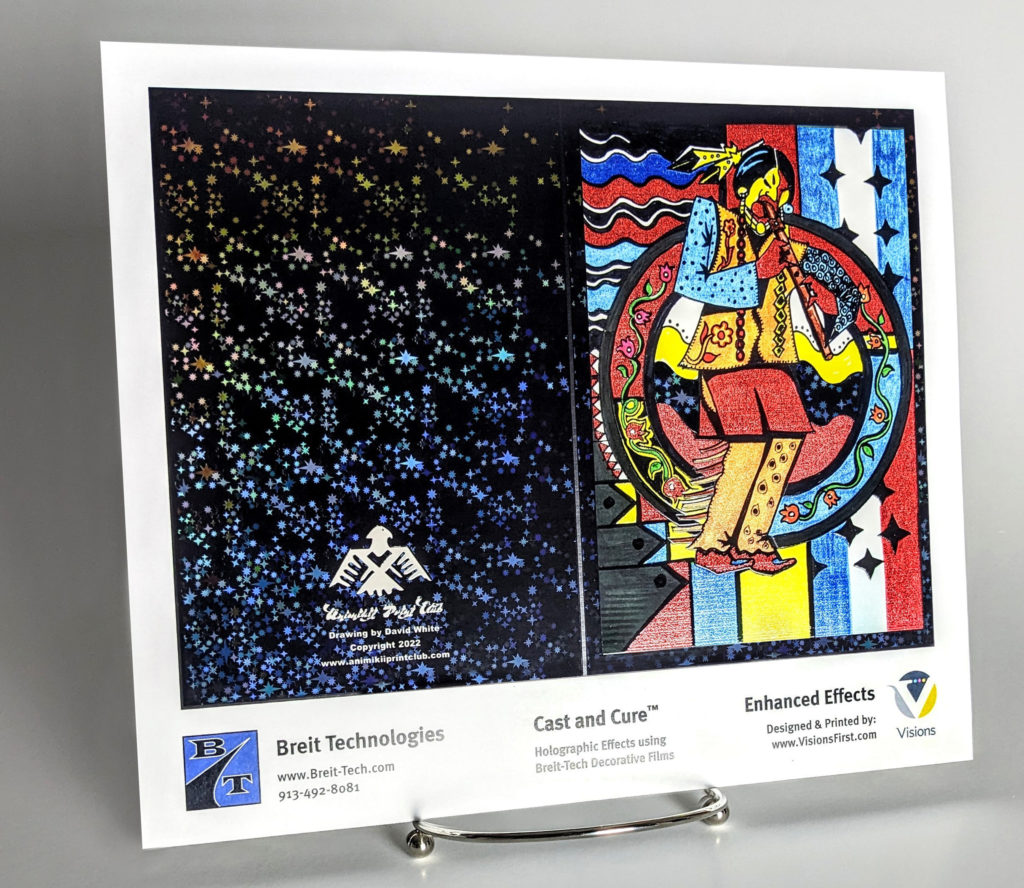
Silver
Great Nations Freaky Friday – Vapor Ringz
Printer: Rose City Label, Portland, OR
Process: Printed on Mark Andy Evolution E5 press with inline Cast and Cure embellishment.
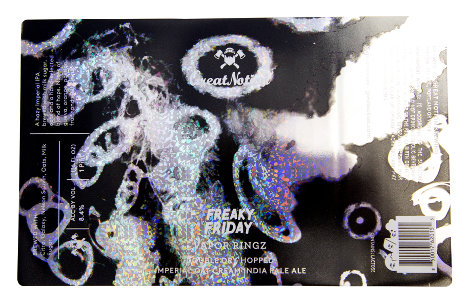
Bronze
Perennial Artisan Ales – Double Entendre
Printer: Cursive, Mason, OH
Process: Digitally printed on HP 6000 with offline Cast and Cure embellishment on ABG Series 3.
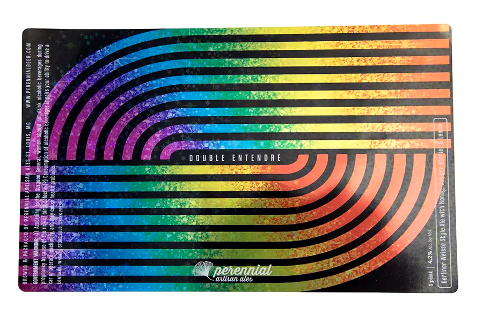
Making a statement easily and cost-effectively
The 2023 Gold award winner from Visions, Inc. delivered dramatic impact with Cast and Cure on these Native American-designed greeting cards. “We love the visual impact and texture we achieved with Cast and Cure on this project. We proved again that it doesn’t take much Cast and Cure to make a major statement, said Visions, Inc. CEO, Jon Otto. “We love the way Cast and Cure imparts a premium impression to greeting cards like these, playing cards or high-end packaging.”
A season of firsts
Cast and Cure lends itself to a wide variety of applications and is extremely easy to work with, even with little prior experience with the technology. Two of these award winners, Rose City Label and Cursive, submitted labels from their very first Cast and Cure runs. With a few phone calls, we were able to guide both talented teams to their award-winning results. Not only was this project a first for Rose City Label, it was run on a newly-installed Mark Andy Evolution series press. “With a little guidance from Breit Technologies both companies produced award winning labels on their first attempt at running Cast and Cure. This speaks volumes to the ease of operation and the talent at these companies,” noted Dan Plash, Breit Technologies Sales Manager.
About the FSEA Gold Leaf Awards
The annual FSEA Gold Leaf Awards showcase the decorative sparkle and design in 47 specialty print effects and binding categories. The 2023 awards mark the 30th Anniversary of the Gold Leaf Awards. A record number of entries were received from countries around the world, including the US, Canada, India, Italy, Switzerland, Poland, Denmark, Japan, South Africa and Taiwan. Gold, Silver and Bronze winners were honored during a reception held on Tuesday, June 6, at The Print Embellishment Conference in Indianapolis, Indiana.
“Our FSEA Gold Leaf Awards Competition showcases how embellishments have become a catalyst in the printing industry,” stated FSEA Executive Director Jeff Peterson. “The creativity and technology used in the pieces we receive continue to amaze us every year, from greeting cards and book covers to folding cartons and wine labels.”
Learn more about the Gold Leaf Awards

